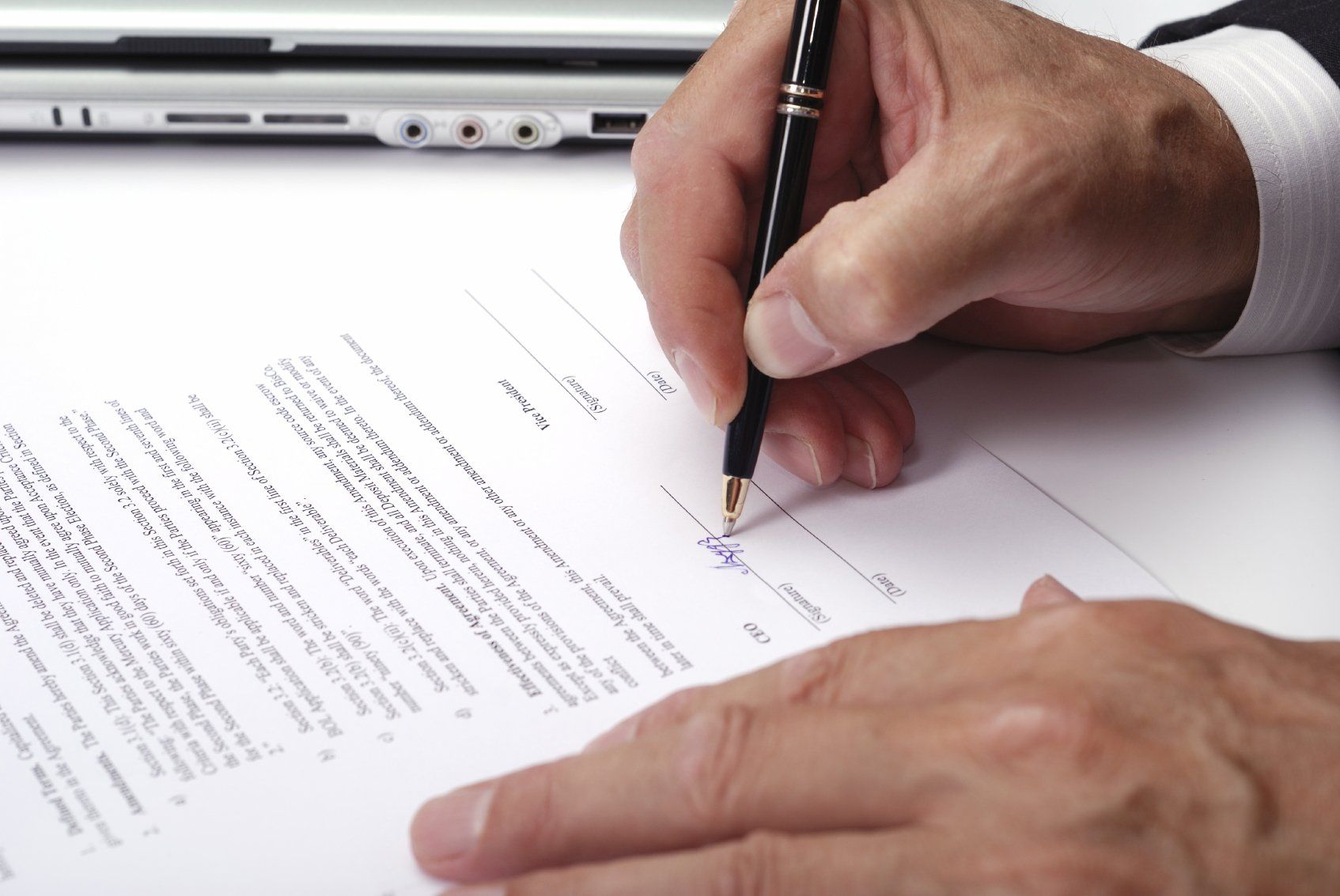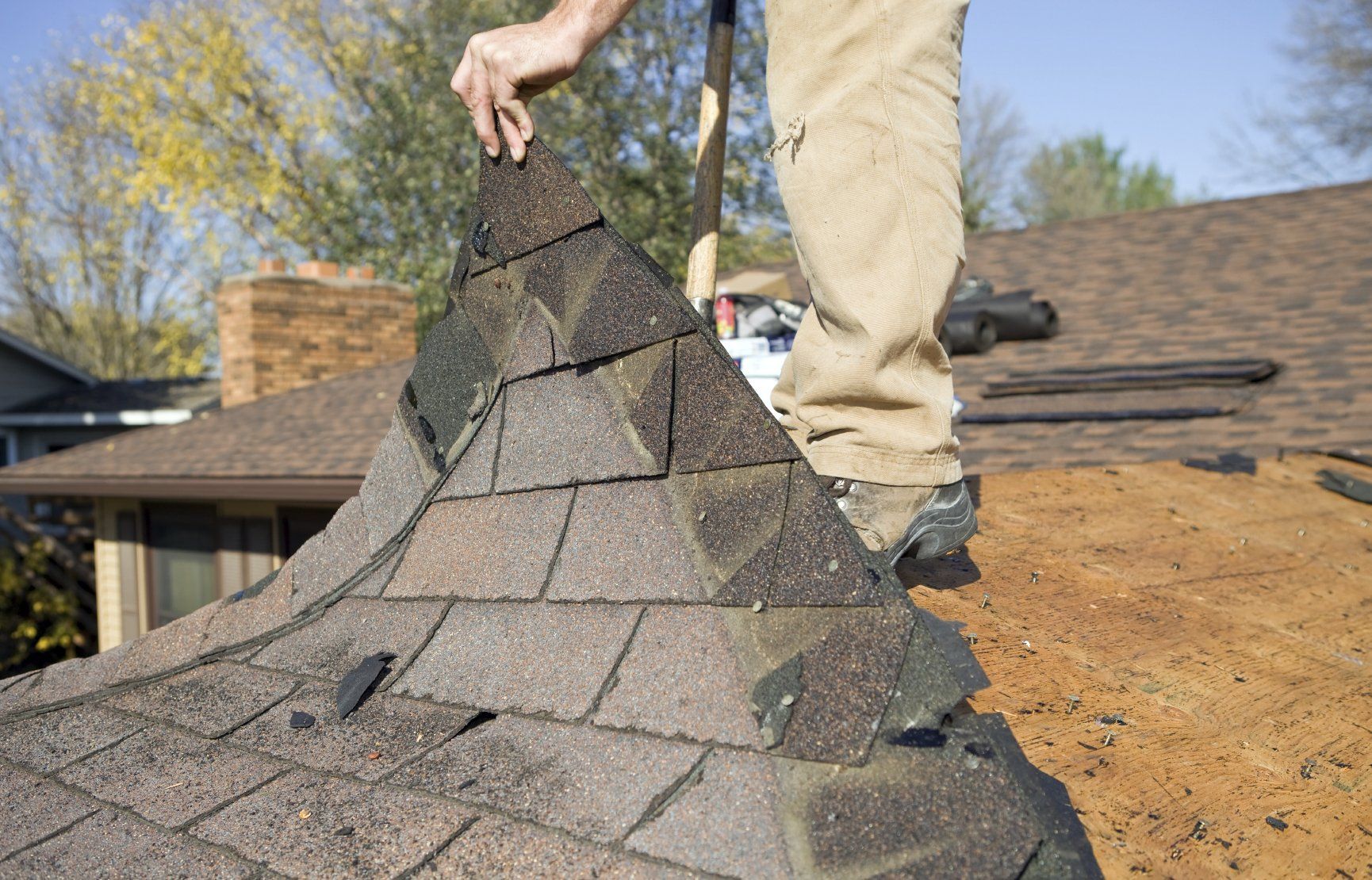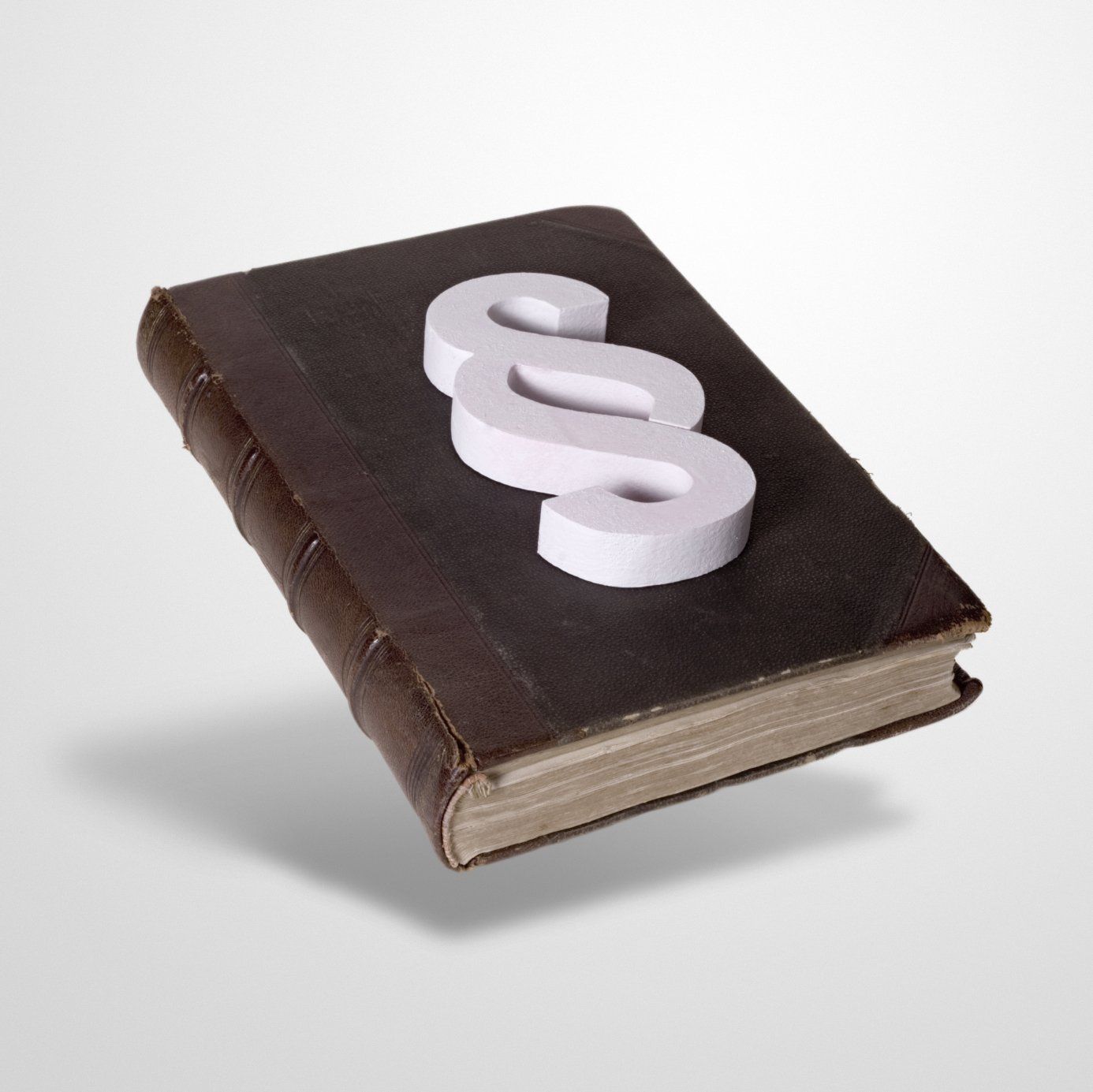Mold!!!
- By Richard Middagh
- •
- 21 Oct, 2020
- •
Insurance Coverage for Mold

Florida seems to be a Petri dish for mold and mildew! Since our state is humid, we find mold and mildew on a regular basis, but when is it toxic and covered under your insurance policy? Mold and mildew need only a damp, moist environment and organic material to establish itself. Roof and weather related water leaks, floods, air-conditioning leaks, appliance leaks, or plumbing related water leaks can create unsafe or toxic mold growth in your home or business.
People become quite concerned when mold is found in their home or business. Fortunately, mold is usually harmless and naturally occurring. However, it can be a problem for certain individuals who are sensitive to mold--especially when there are elevated levels of certain strains of mold.
When mold is found, it must be tested by qualified individuals. If it is determined to be toxic, it must be gotten rid of in order to protect you and your property, which can be expensive. The process of getting rid of the mold is called “remediation.” Since certain procedures and protocols must be followed in order to prevent the spread of the mold, it is important to use a certified mold remediation contractor to eliminate the mold. Failure to use the correct remediation procedures can lead to a bigger problem and a health hazard.
Years ago, insurance policies generally covered the cost of remediation as standard coverage. As the number of mold claims increased, however, insurers sought to eliminate or limit coverage for mold damage. Approximate 20 years ago the Florida Department of Financial Services allowed insurers to issue policies that significantly limited coverage for mold damage. Most policies now limit the amount of coverage for mold damage to $10,000. It is important to note, mold coverage is only triggered if the mold results from another peril insured against under the policy; mold is generally not a stand alone form of coverage. For example, if the mold results from something sudden and accidental, such as a pipe burst, the cost of remediation should be covered. However, if the mold is caused by a maintenance problem, such as continuous or repeated seepage or leakage of water, then the resulting water and mold damage probably won’t be covered. In order to determine whether mold remediation is covered under your policy, it is often important to figure out what caused the water intrusion or humidity that allowed the mold to grow. Sometimes engineers and water detection experts must be hired to figure out why the mold grew in the first place.
If you have a significant mold problem in your home or business, it can be expensive to fix. The $10,000 mold limit under most insurance policies can be woefully insufficient to cover all of the costs associated with mold remediation. Be sure to speak to your insurance agent to see if your insurer offers an increased dollar amount for mold coverage above and beyond the $10,000 minimal limit they must provide by law. Of course, this will increase your premium, but if you ever have a water intrusion issue in your home or business, the resulting mold damage coverage may be worth it.
If you have a mold issue in your home or business and you need assistance with a claim, please feel free to contact Middagh Law, P.L.L.C. by calling (786) 395-1148 or emailing richard@middaghlaw.com.








